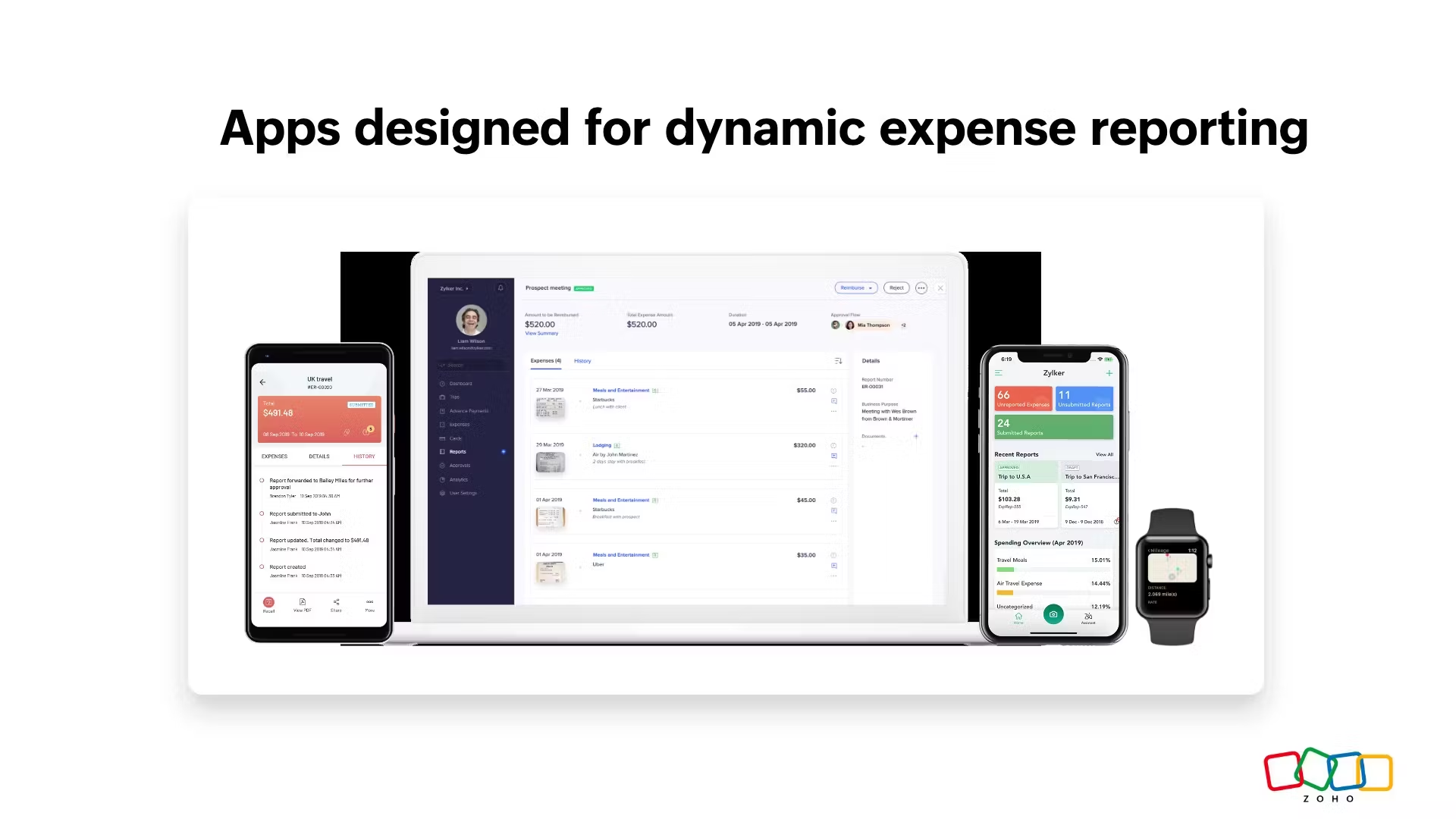Why Telecom Expense Management Is Critical Now
With remote work, 5G expansion, and SaaS communication tools on the rise, telecom budgets are harder to manage than ever. Enterprises face overlapping subscriptions, unused mobile lines, and misaligned contracts. The right telecom expense management platform delivers visibility, policy enforcement, and real-time cost tracking to fix that.
What Telecom Expense Management Covers
A full-scale TEM solution isn’t just about invoice tracking. Leading platforms cover:
- Invoice validation and dispute resolution
- Mobile device management (MDM)
- Usage monitoring across multiple carriers
- Contract compliance and renegotiation
- Automated chargeback and cost allocation
- Procurement and provisioning workflows
Features Most Common in Telecom Expense Management Platforms
| Feature | % of Leading Platforms Supporting |
|---|---|
| Invoice Automation | 100% |
| Mobile Device Management | 88% |
| Real-Time Usage Alerts | 84% |
| Contract and Vendor Management | 77% |
| Cloud Subscription Oversight | 65% |
| AI/ML for Forecasting and Anomalies | 48% |
Reducing Complexity Across Global Enterprises
Global organizations often juggle dozens of carriers and vendors. Without a centralized telecom expense management system, the result is siloed billing, overlooked errors, and unpredictable costs.
TEM tools provide global dashboards that consolidate billing from multiple countries and currencies, making it easier to align spending with actual usage and contract terms.
The ROI of Using a Telecom Expense Management System
Organizations that deploy telecom expense management software typically report:
- 8%–20% annual savings on telecom costs
- 30% faster invoice processing times
- 70% reduction in billing errors
- Improved compliance with internal and regulatory policies
These efficiencies translate to thousands—even millions—of dollars in reclaimed value, depending on the enterprise size.
Average Telecom Cost Savings After Implementing TEM
| Company Size | Avg. Annual Telecom Spend | Avg. Savings Post-TEM |
|---|---|---|
| SMB (50–250 users) | $250,000 | $30,000 (12%) |
| Midsize (250–1,000) | $900,000 | $126,000 (14%) |
| Enterprise (1,000+) | $3,500,000 | $630,000 (18%) |
Cloud and Mobility: Expanding the Scope of TEM
Today’s telecom expense management tools have evolved beyond landlines and corporate data plans. The newest platforms cover:
- Cloud licenses (Zoom, Teams, AWS, etc.)
- Unified communications
- IoT and SIM-based devices
- Bring Your Own Device (BYOD) policies
TEM is no longer just an accounting solution—it's a strategic asset for digital transformation.
Common Misconceptions About TEM
- “TEM is only for telecom managers.” False. CIOs, finance teams, and procurement officers all benefit from real-time insights TEM provides.
- “We can handle it in spreadsheets.” Manual tracking is prone to errors and can’t scale with enterprise growth or multi-vendor environments.
- “It’s just cost-cutting software.” Not at all—TEM is about optimization, compliance, and control over a critical infrastructure category.
Conclusion: Transform Spending into Strategy
Telecom isn’t just a utility—it’s the backbone of modern business. With a well-implemented telecom expense management solution, companies can move from reactive bill-paying to proactive financial strategy.
The time and cost savings are real—but the biggest win is control. When you understand and manage your telecom spend, you’re not just cutting costs—you’re building smarter infrastructure.








